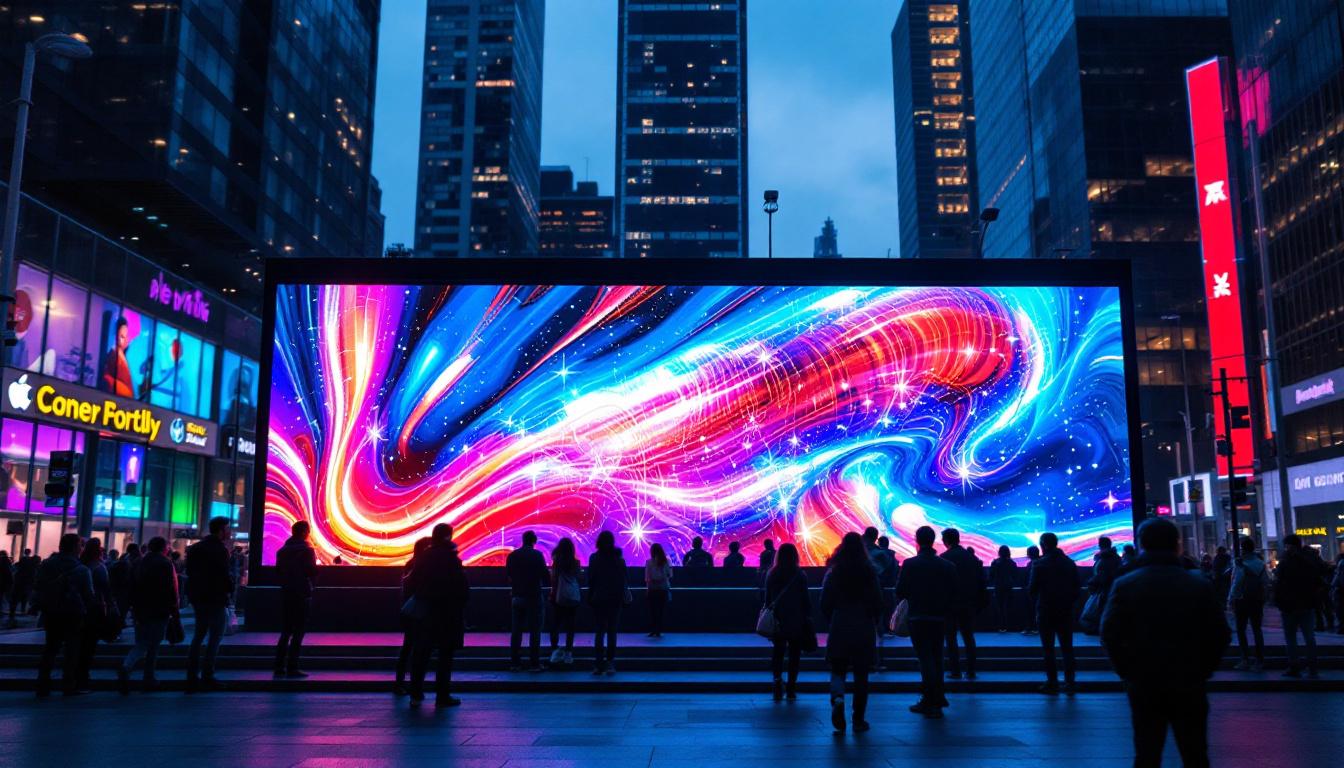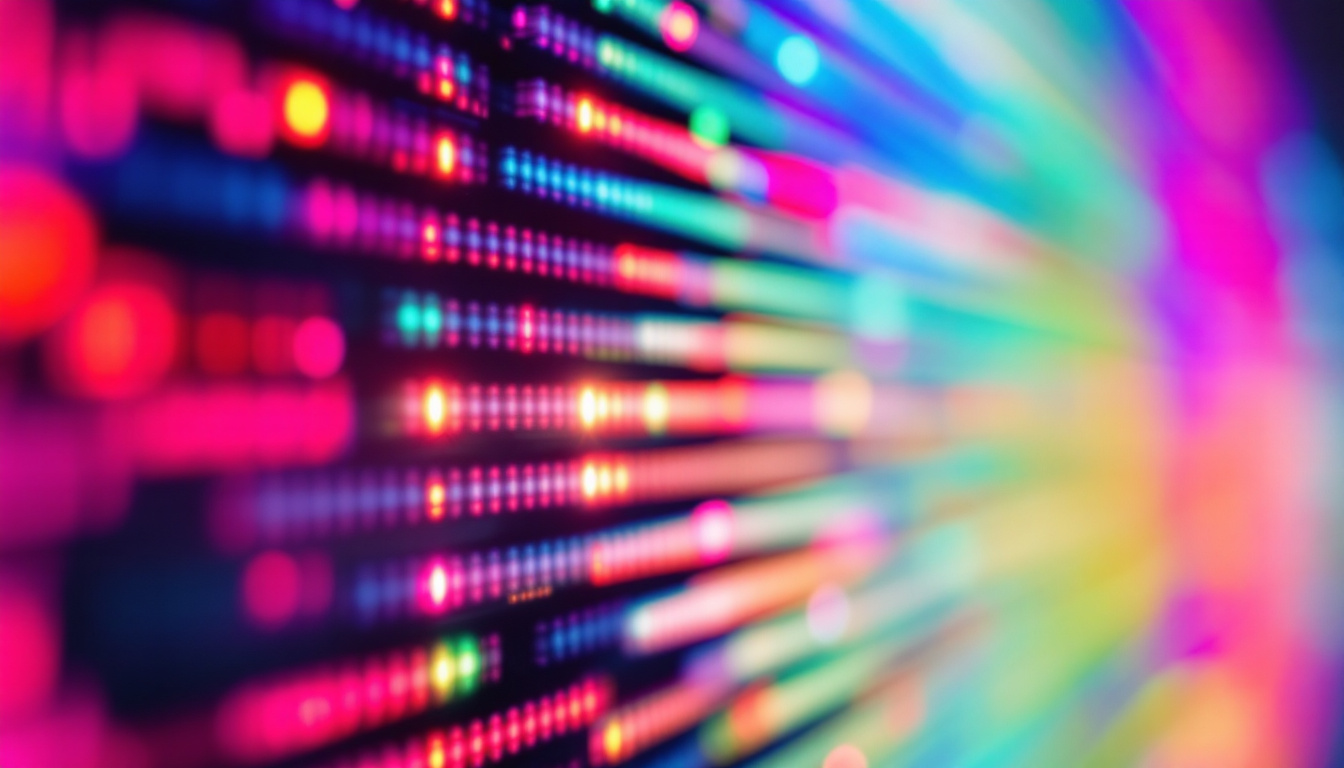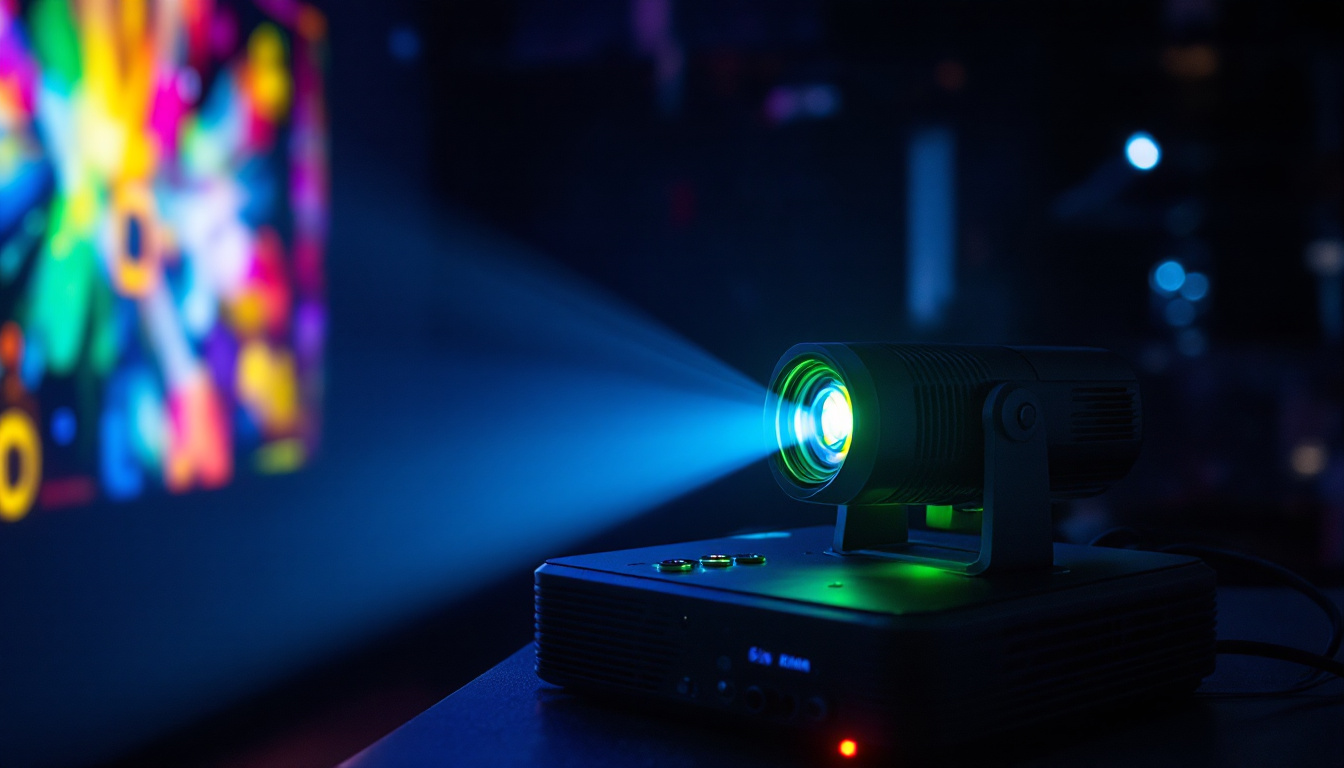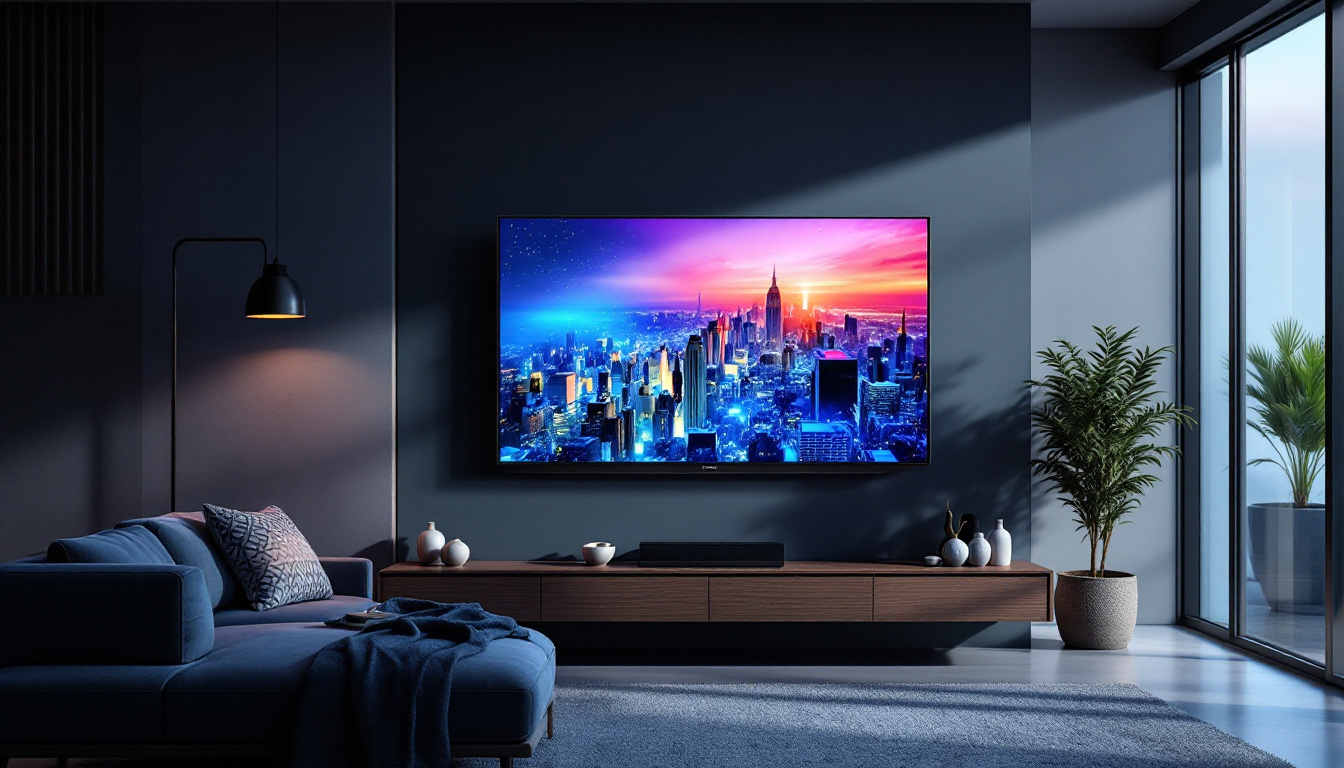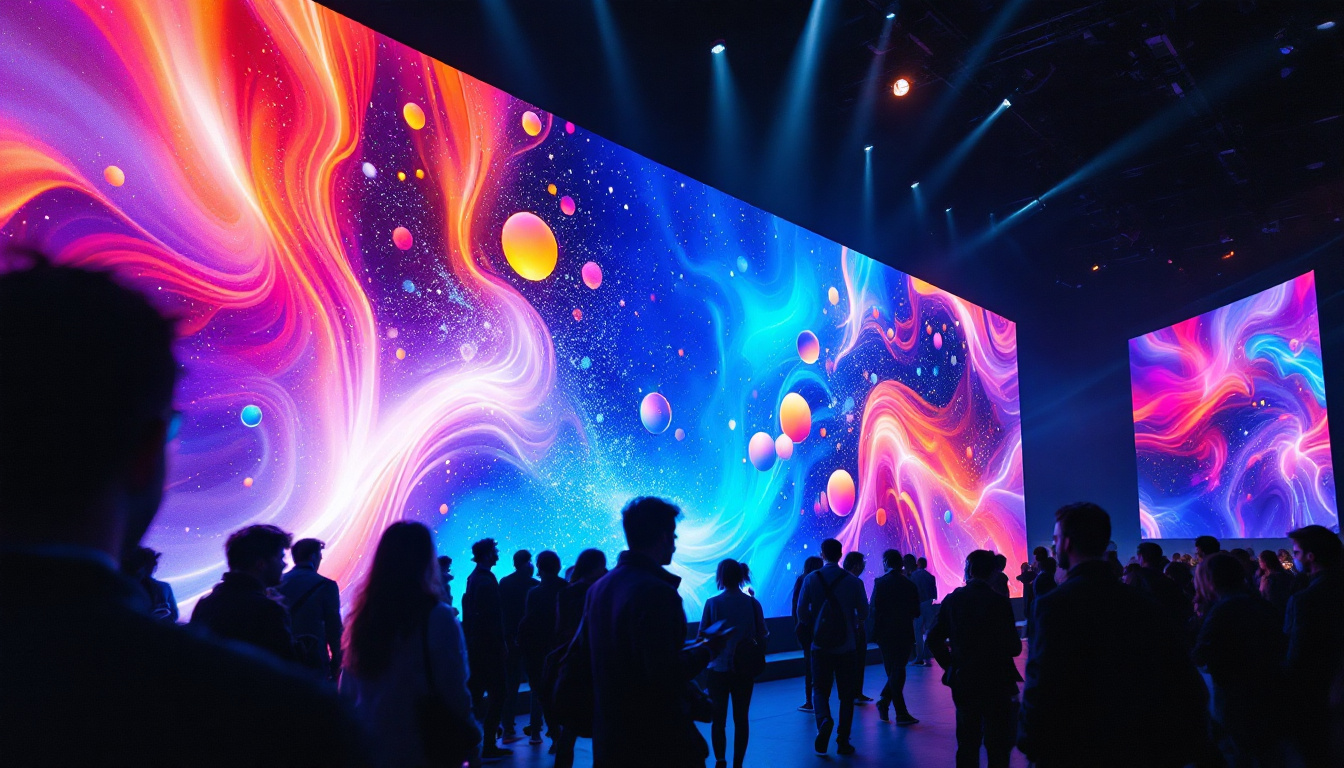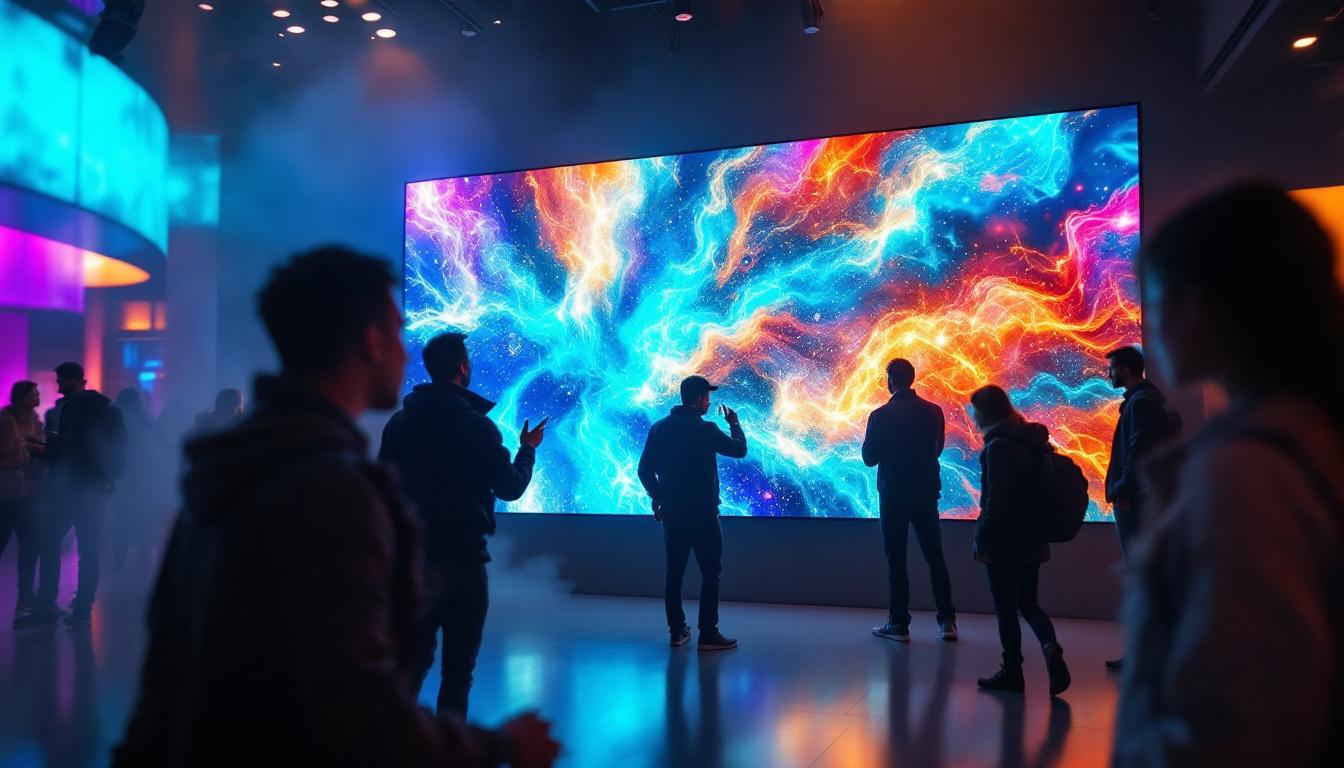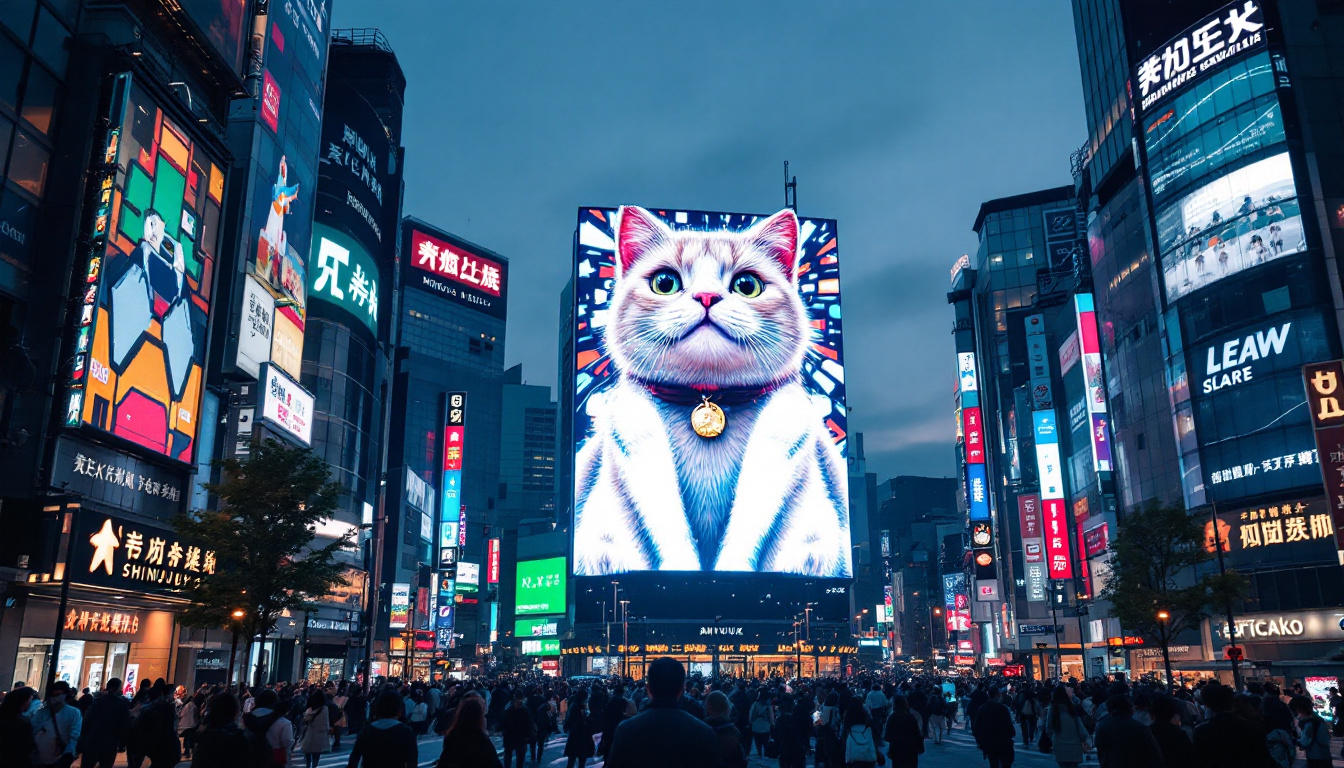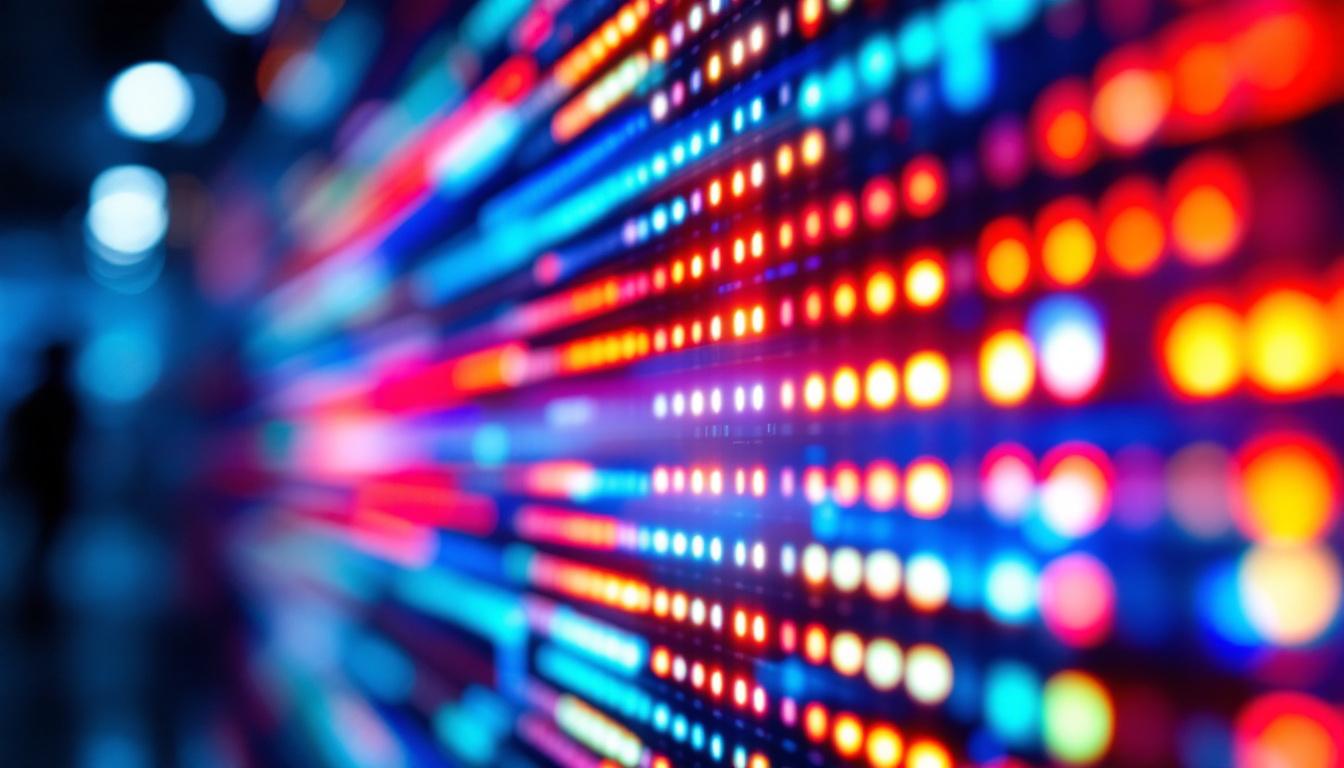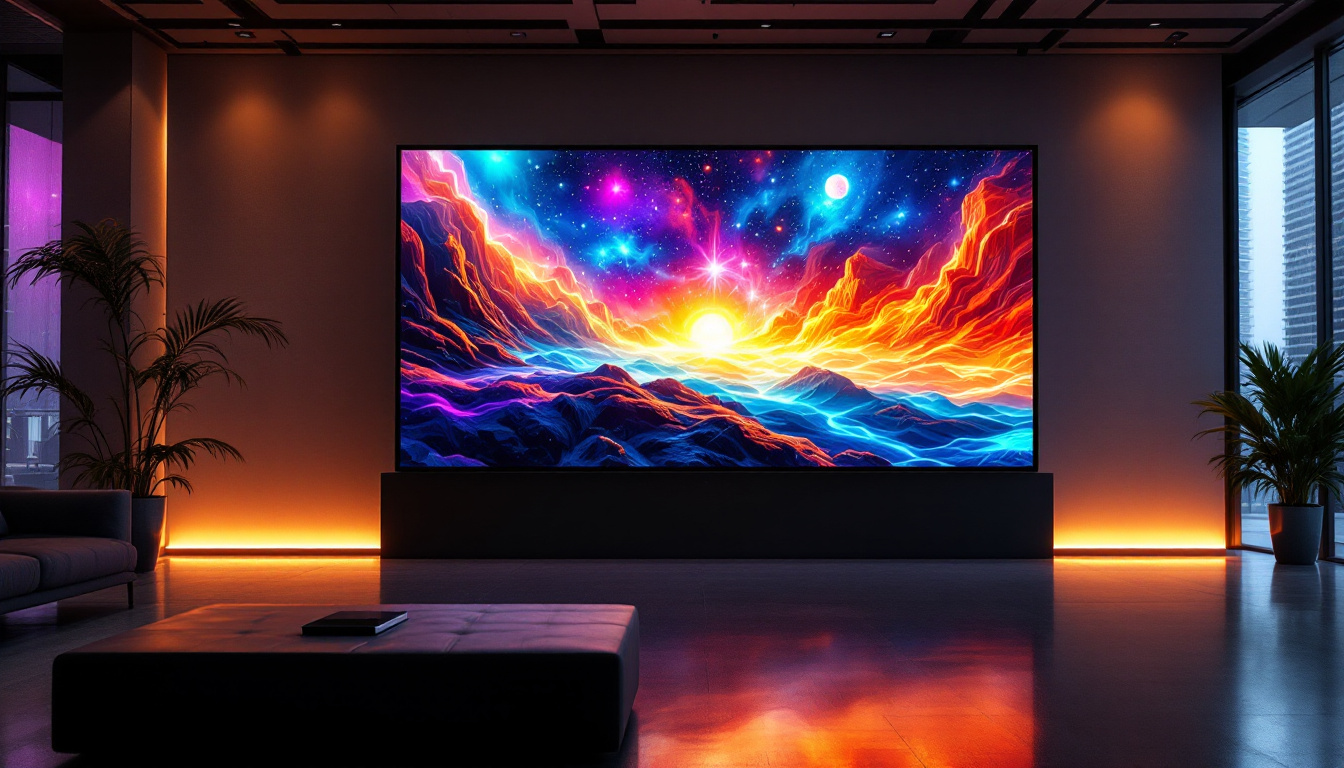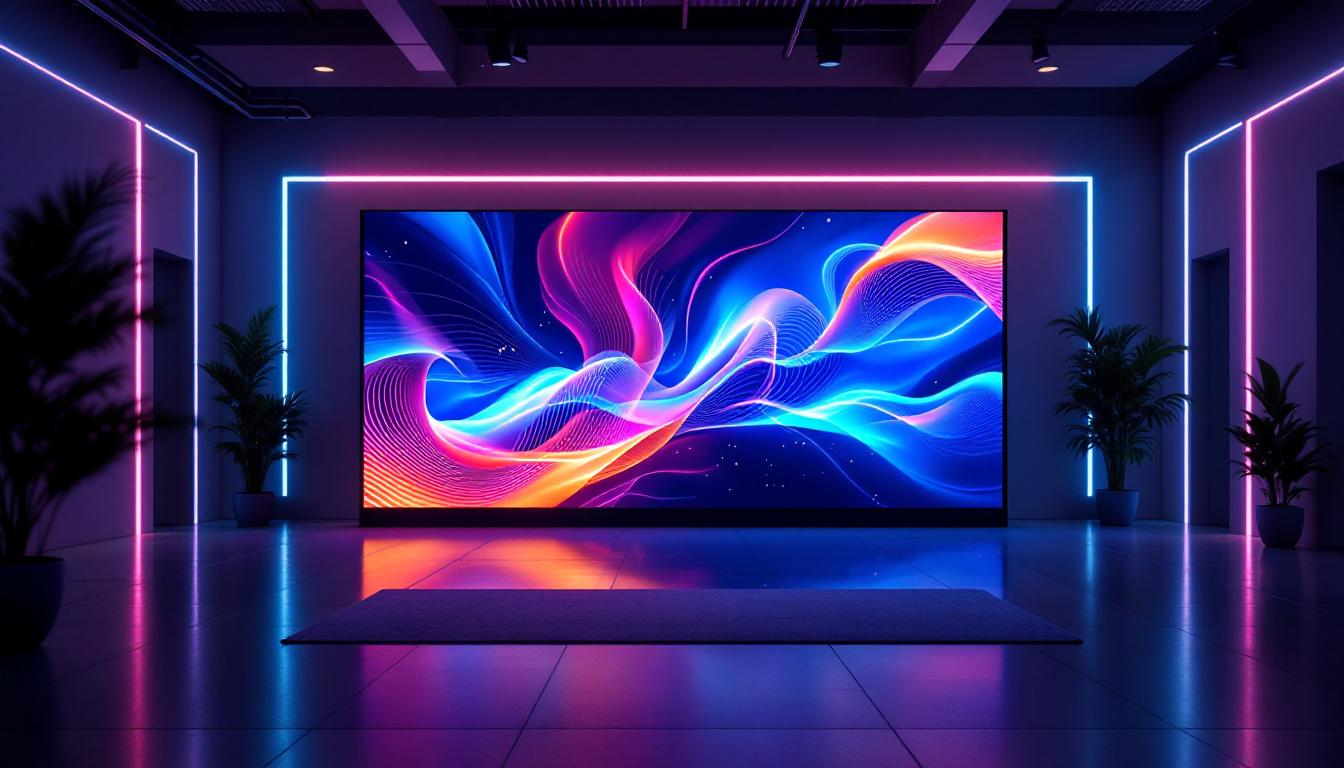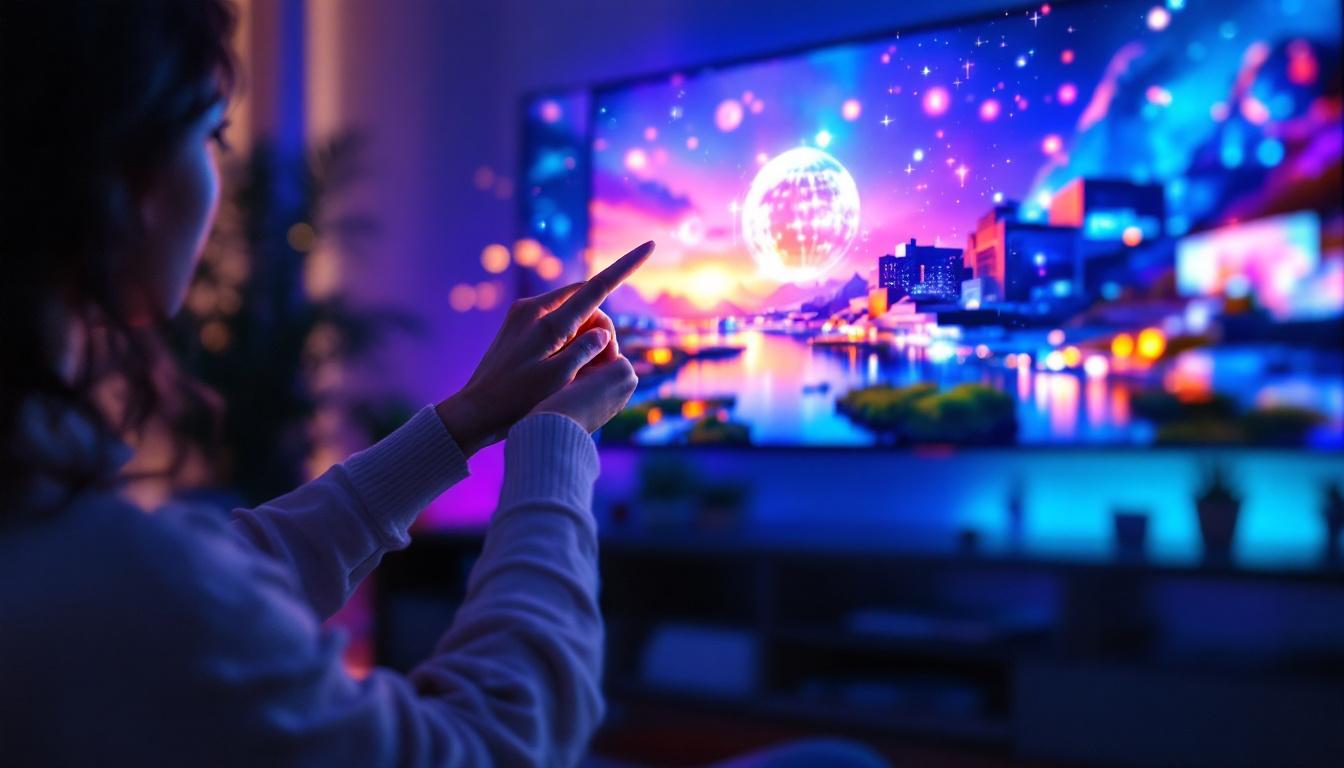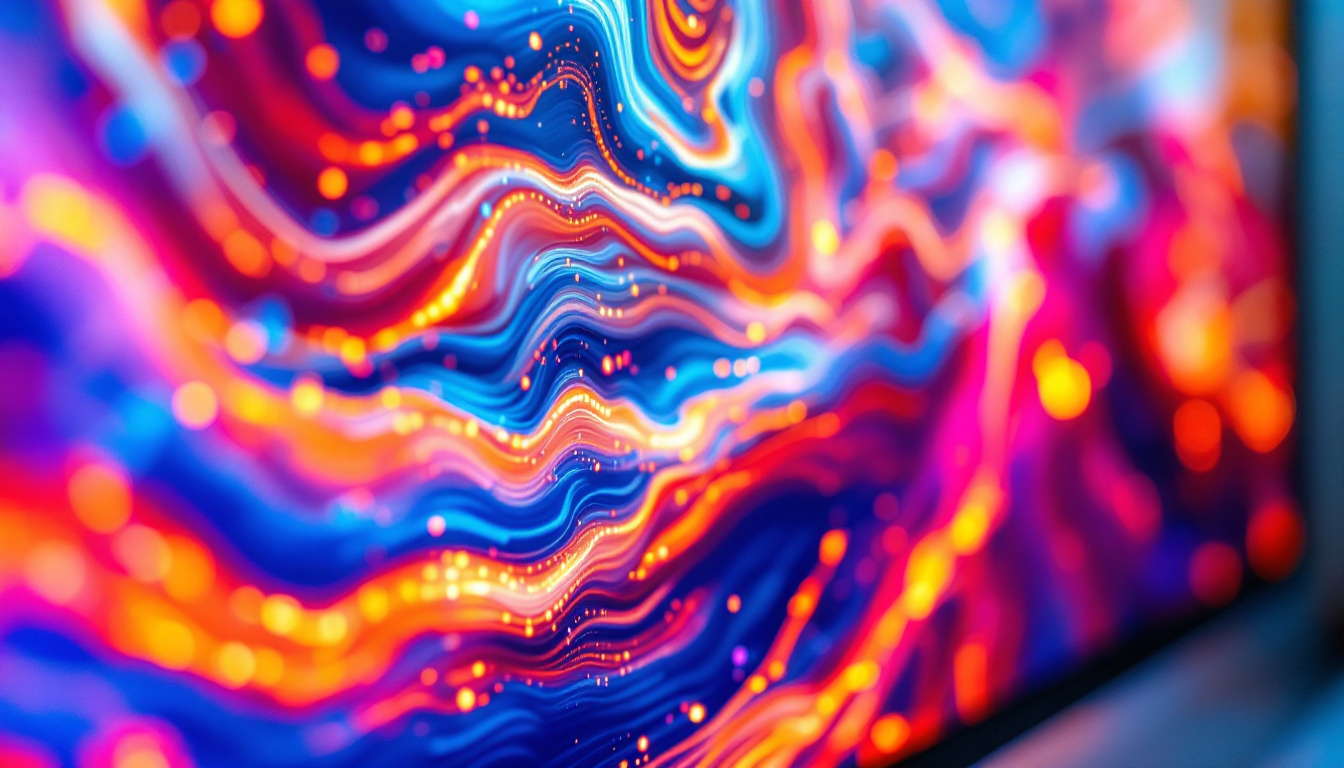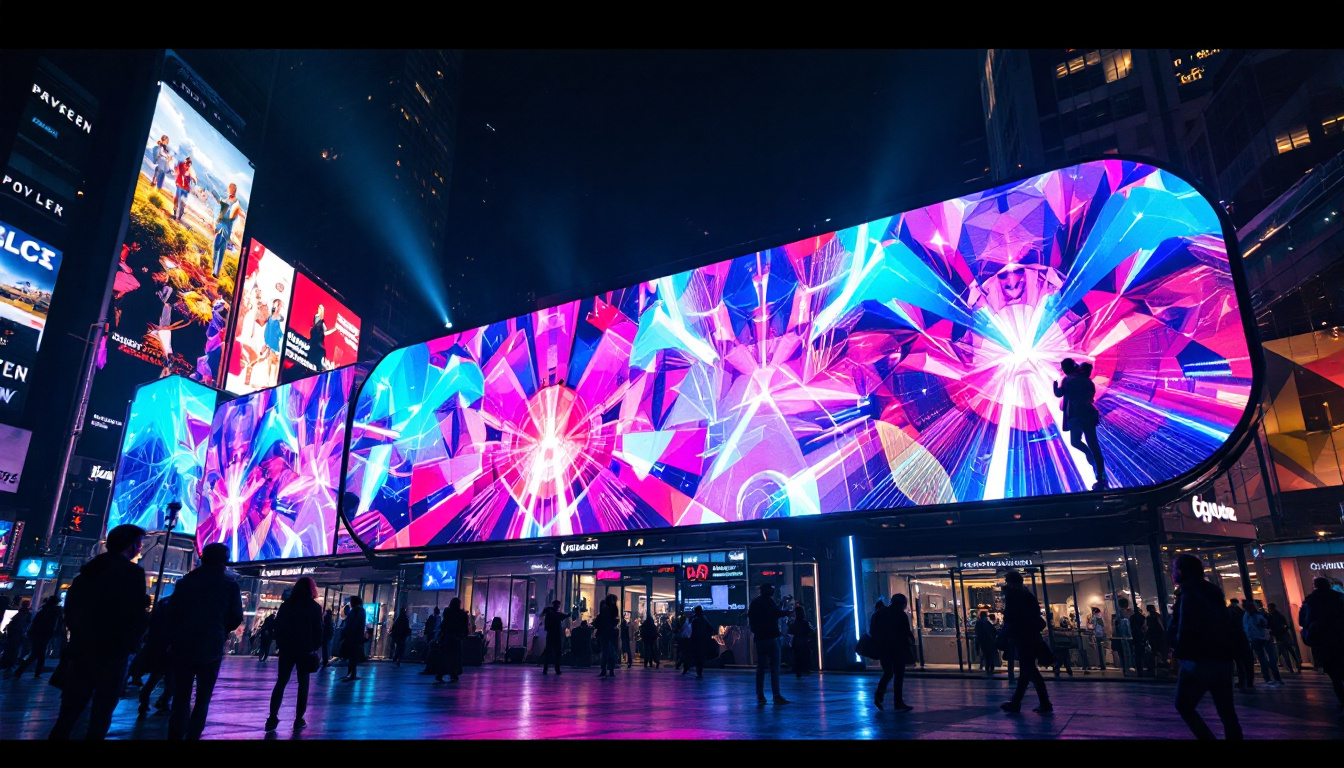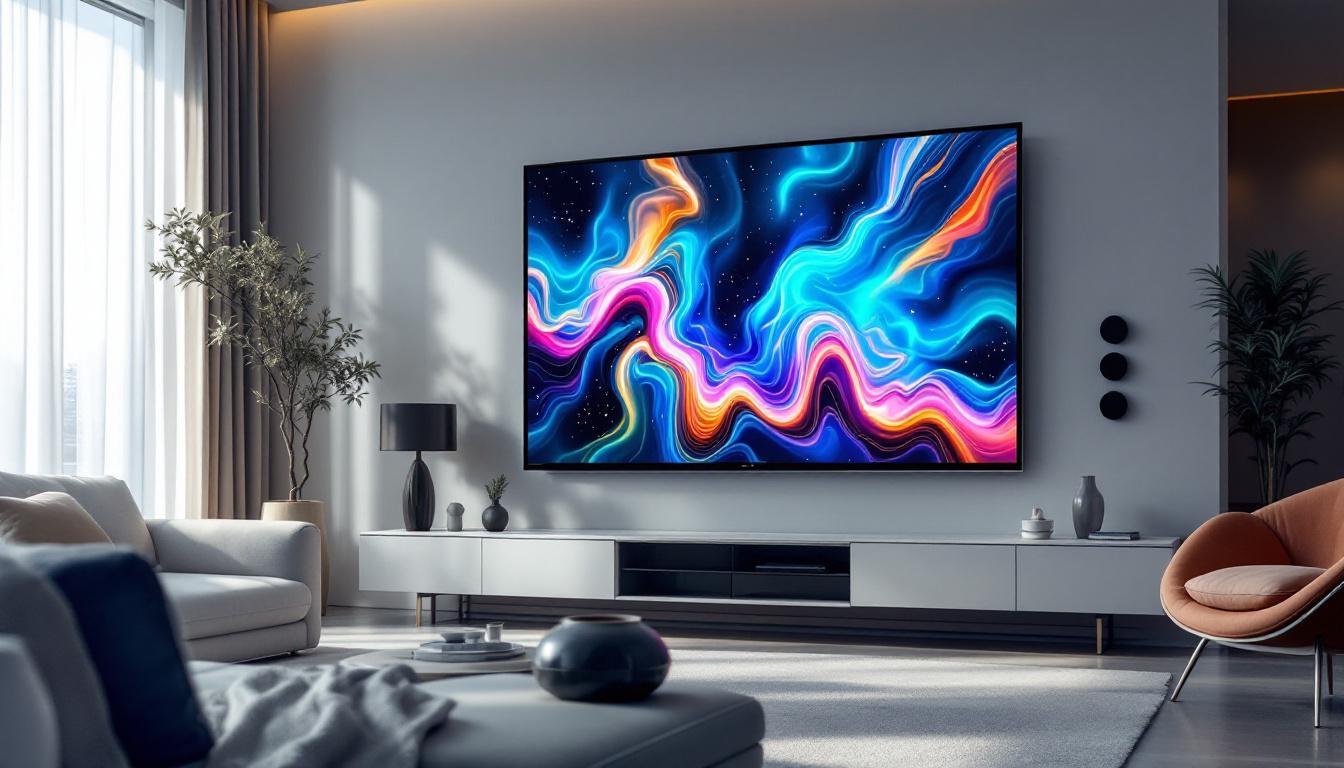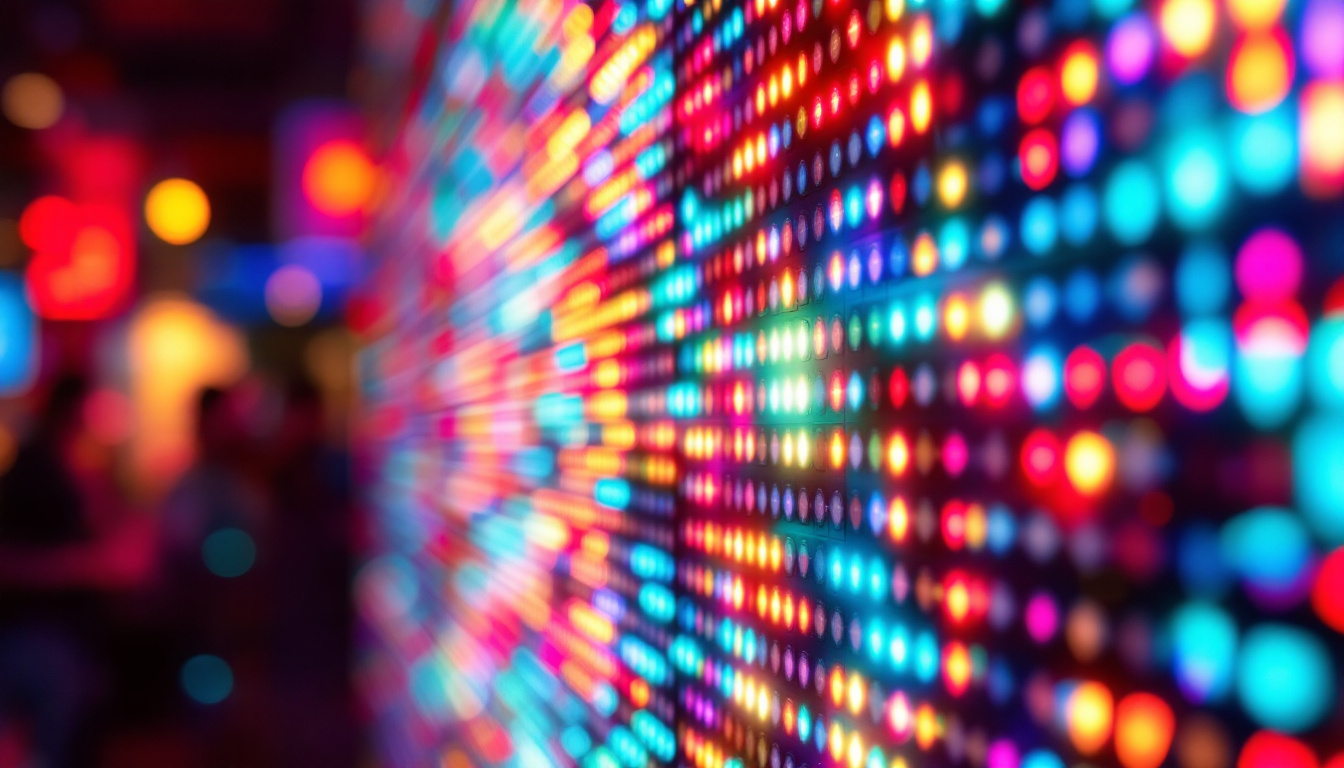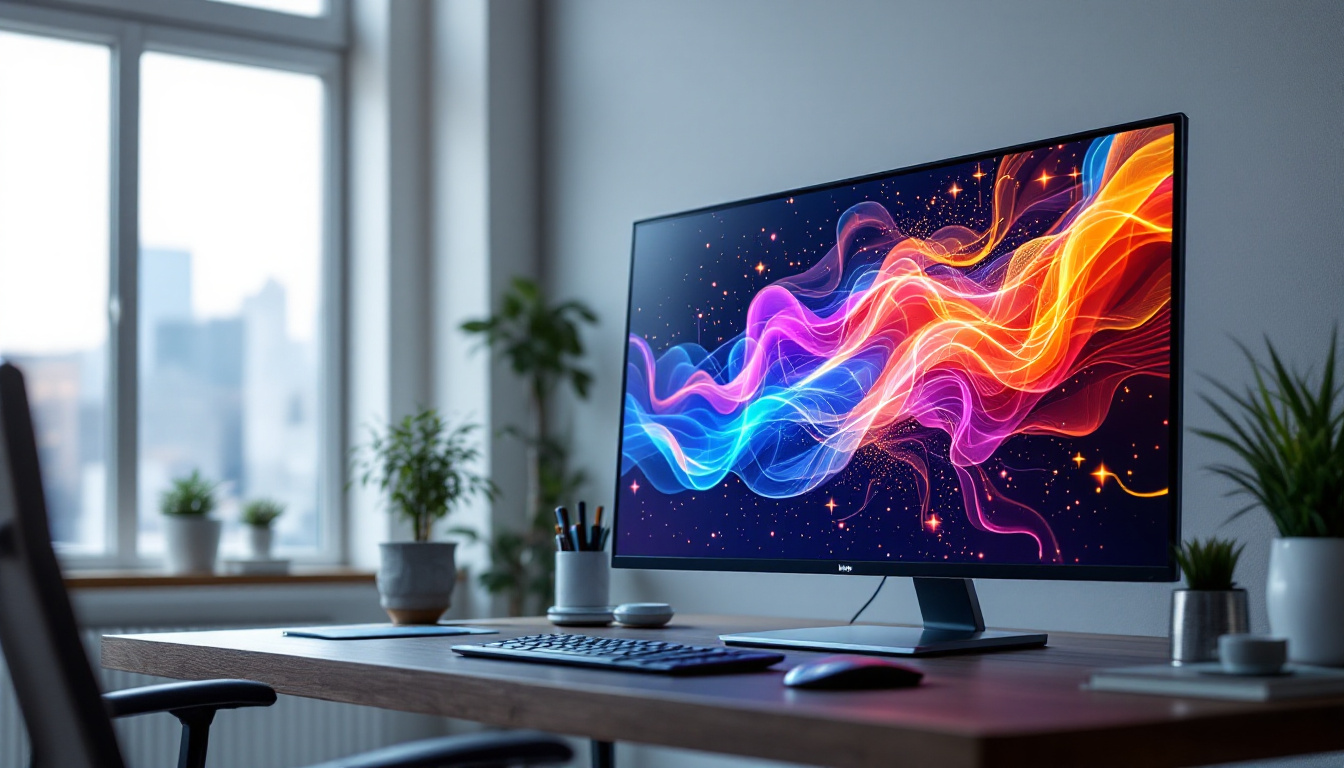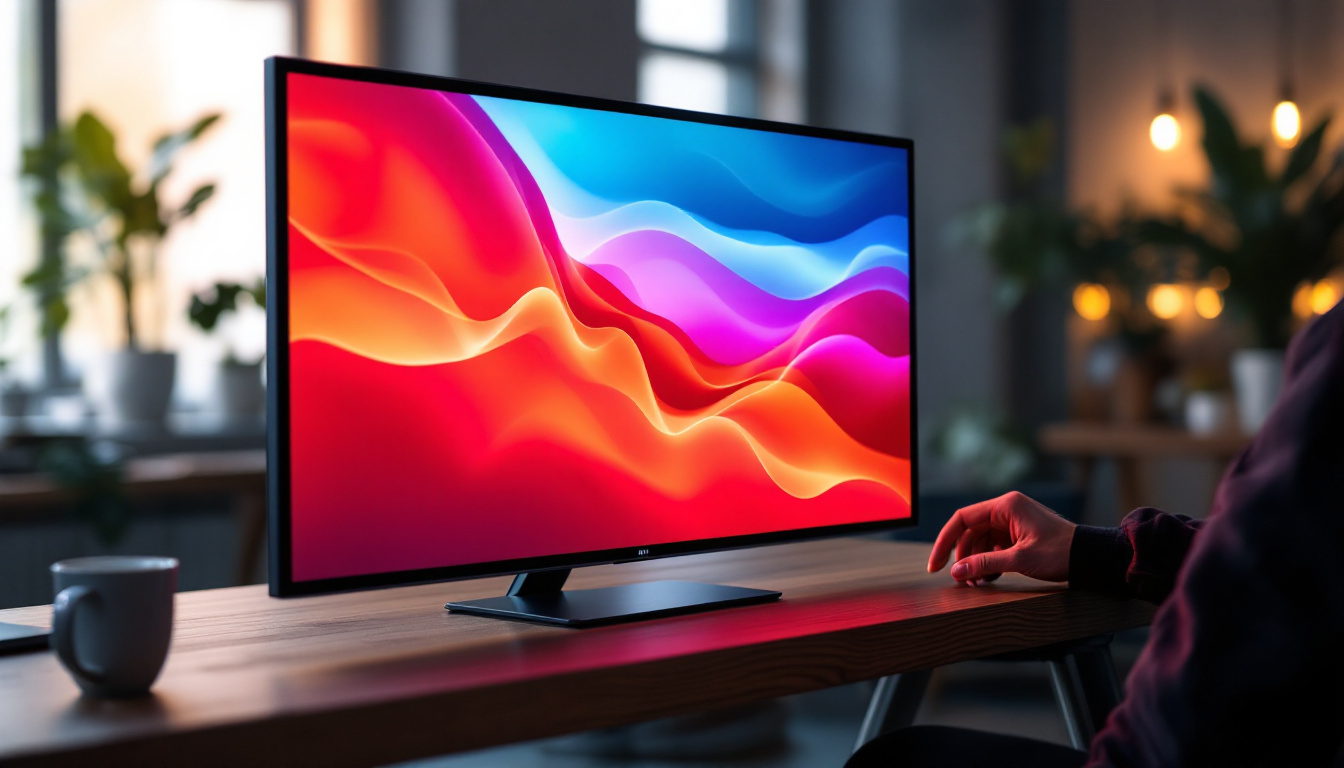In the world of display technology, optical bonding has emerged as a crucial innovation, particularly for LED displays. This technique enhances the performance and durability of screens, making them more suitable for a variety of applications, from consumer electronics to industrial settings. Understanding optical bonding is essential for anyone involved in the design, manufacturing, or deployment of LED displays.
What is Optical Bonding?
Optical bonding is the process of adhering two or more layers of material together to create a single, cohesive unit. In the context of LED displays, this typically involves bonding the display panel to a protective cover glass or touchscreen. The primary goal of optical bonding is to eliminate the air gap that exists between these layers, which can lead to various issues, including reflections, reduced visibility, and increased vulnerability to damage. This process not only enhances the visual experience but also extends the lifespan of the display, making it a crucial technique in modern display technology.
The Process of Optical Bonding
The optical bonding process generally involves the use of a specialized adhesive that is applied between the display and the cover glass. This adhesive is often optically clear, ensuring that light can pass through without distortion. Once the adhesive is applied, the layers are subjected to a controlled environment where heat and pressure are used to cure the adhesive, creating a strong bond. This curing process is critical, as it ensures that the bond is not only strong but also resistant to environmental factors such as humidity and temperature fluctuations.
There are several methods of optical bonding, including direct bonding, where the adhesive is applied directly to the surfaces being bonded, and film-based bonding, where a pre-made optical bonding film is used. Each method has its advantages and is chosen based on the specific requirements of the display application. For instance, direct bonding may be preferred for high-resolution displays where optical clarity is paramount, while film-based bonding might be more suitable for larger displays where ease of application is a priority. The choice of method can significantly impact the overall performance and durability of the final product.
Benefits of Optical Bonding
Optical bonding offers numerous benefits that significantly enhance the performance of LED displays. One of the most notable advantages is improved optical clarity. By eliminating the air gap, light can pass through the display more efficiently, resulting in brighter images and better color reproduction. This is particularly important in applications such as digital signage, where vibrant visuals are essential for capturing audience attention and conveying information effectively.
Additionally, optical bonding increases the durability of displays. The bonded layers are less prone to damage from impacts or environmental factors, making them ideal for outdoor applications or environments where screens may be subjected to harsh conditions. Furthermore, optical bonding can reduce glare and reflections, improving visibility in bright lighting conditions. This feature is especially beneficial in automotive displays and handheld devices, where users often encounter varying light environments. Moreover, optical bonding can also contribute to improved touch sensitivity in touchscreen applications, as the absence of an air gap allows for more precise interaction, enhancing the user experience significantly.
Applications of Optical Bonding in LED Displays
Optical bonding is utilized across a wide range of industries, demonstrating its versatility and effectiveness. From consumer electronics to specialized industrial displays, the applications are numerous.
Consumer Electronics
In the realm of consumer electronics, optical bonding is commonly found in smartphones, tablets, and televisions. The enhanced visual performance provided by optical bonding is essential for delivering an engaging user experience. For instance, smartphones with bonded displays exhibit sharper images and improved touch sensitivity, making them more appealing to consumers.
Moreover, as manufacturers strive to create thinner and lighter devices, optical bonding helps achieve these goals without compromising on display quality. The reduced thickness of bonded displays allows for sleeker designs, which are increasingly favored in the competitive consumer electronics market. This trend has led to the development of innovative features, such as edge-to-edge screens and flexible displays, which are made possible through the use of optical bonding technologies.
Furthermore, the integration of optical bonding in wearable technology, such as smartwatches and fitness trackers, has enhanced user interaction. By providing a more responsive touch experience and better visibility in varying lighting conditions, these devices have become more functional and user-friendly, catering to the demands of tech-savvy consumers.
Industrial and Outdoor Displays
Industrial applications often require displays that can withstand demanding conditions. Optical bonding is particularly beneficial in these environments, where displays may be exposed to extreme temperatures, moisture, or physical impacts. For example, outdoor digital signage benefits from optical bonding as it enhances visibility in direct sunlight while protecting the screen from environmental damage.
In manufacturing settings, bonded displays are used in control panels and equipment interfaces, where clarity and durability are paramount. The reduced risk of damage from accidental impacts or spills ensures that operations can continue smoothly without interruptions. Additionally, optical bonding minimizes glare and reflections, which can be critical in environments with intense lighting, allowing operators to read information quickly and accurately.
Moreover, the use of optical bonding in transportation displays, such as those found in trains and buses, ensures that vital information is easily visible to passengers and crew alike. These displays are designed to withstand vibrations and shocks, making them ideal for the rigors of travel while maintaining a high level of readability.
Medical Devices
The medical industry has also embraced optical bonding for its displays. medical devices often rely on precise visual information, and optical bonding ensures that images are clear and accurate. This is particularly important in diagnostic equipment, where the clarity of images can impact patient outcomes.
Additionally, the protective qualities of optical bonding help maintain the integrity of medical displays, which must meet stringent hygiene and durability standards. By providing a robust barrier against contaminants and physical damage, optical bonding plays a vital role in the reliability of medical devices. This is especially crucial in surgical environments, where displays must be sterilized regularly and remain functional under the stress of constant use.
Furthermore, the integration of optical bonding in telemedicine applications has revolutionized patient care. High-quality displays in remote monitoring devices allow healthcare professionals to make accurate assessments from a distance, ensuring that patients receive timely and effective treatment. The clarity and durability of these displays are essential for maintaining the trust and safety of both patients and providers in a rapidly evolving healthcare landscape.
Challenges and Considerations
While optical bonding offers numerous advantages, it is not without its challenges. Understanding these challenges is essential for manufacturers and designers to make informed decisions about display technologies.
Cost Implications
One of the primary challenges associated with optical bonding is the cost. The process can be more expensive than traditional display assembly methods due to the specialized materials and equipment required. This can be a significant consideration for manufacturers, especially when producing large volumes of displays.
However, many industry experts argue that the long-term benefits of optical bonding, such as reduced warranty claims and increased customer satisfaction, can offset the initial investment. As technology advances and production methods improve, the cost of optical bonding is expected to decrease, making it more accessible to a broader range of applications.
Technical Limitations
Another consideration is the technical limitations of optical bonding. The process requires precise alignment and curing conditions to ensure a strong bond. Any misalignment or improper curing can lead to defects, such as bubbles or uneven adhesion, which can compromise the performance of the display.
To mitigate these risks, manufacturers must invest in quality control measures and training for their personnel. Ensuring that the bonding process is executed correctly is crucial for maintaining the high standards expected in modern display technology.
Future Trends in Optical Bonding
As technology continues to evolve, so too does the field of optical bonding. Several trends are emerging that may shape the future of this technology and its applications in LED displays.
Advancements in Adhesive Technologies
One of the most promising trends is the development of advanced adhesive materials. Researchers are exploring new formulations that offer improved optical clarity, faster curing times, and enhanced durability. These advancements could further enhance the performance of bonded displays and open up new possibilities for their use in various applications.
Moreover, the integration of nanotechnology into adhesive formulations may lead to even greater improvements. Nanoparticles can enhance the properties of adhesives, making them more effective at bonding and improving the overall performance of displays.
Integration with Touch Technologies
As touch technology continues to advance, the integration of optical bonding with touchscreens is becoming increasingly important. Optical bonding can enhance the responsiveness and accuracy of touch inputs, providing a seamless user experience.
Future developments may see the emergence of even more sophisticated touch technologies that leverage optical bonding to create displays that are not only visually stunning but also highly functional. This could lead to new applications in areas such as augmented reality and virtual reality, where display performance is critical.
Sustainability Considerations
With a growing emphasis on sustainability, the display industry is increasingly focused on eco-friendly practices. Optical bonding can contribute to sustainability efforts by improving the longevity of displays, thus reducing waste. Additionally, manufacturers are exploring the use of recyclable materials in the bonding process to minimize environmental impact.
As consumers become more environmentally conscious, the demand for sustainable display solutions is likely to increase. Manufacturers that adopt sustainable practices in their optical bonding processes may find themselves at a competitive advantage in the marketplace.
Conclusion
Optical bonding represents a significant advancement in LED display technology, offering a range of benefits that enhance performance, durability, and user experience. As industries continue to adopt this technology, understanding its implications and applications becomes increasingly important.
While challenges exist, the ongoing advancements in adhesive technologies and the integration of optical bonding with emerging display solutions promise a bright future for this innovative technique. As the demand for high-quality displays continues to grow, optical bonding will undoubtedly play a pivotal role in shaping the landscape of display technology for years to come.
In conclusion, optical bonding is not just a technical enhancement; it is a transformative approach that elevates the capabilities of LED displays, paving the way for new possibilities in various sectors. Embracing this technology will be essential for those looking to stay ahead in the rapidly evolving world of display solutions.
Discover Cutting-Edge LED Displays with LumenMatrix
Ready to experience the transformative power of optical bonding in LED displays? LumenMatrix is at the forefront of this technology, offering an array of innovative solutions designed to captivate and engage. From Indoor and Outdoor LED Wall Displays to specialized solutions like Vehicle LED Displays and LED Sports Displays, our products are crafted to elevate your visual communication. Embrace the future with LumenMatrix’s advanced LED display modules and create unforgettable visual experiences. Check out LumenMatrix LED Display Solutions today and see the difference for yourself.


